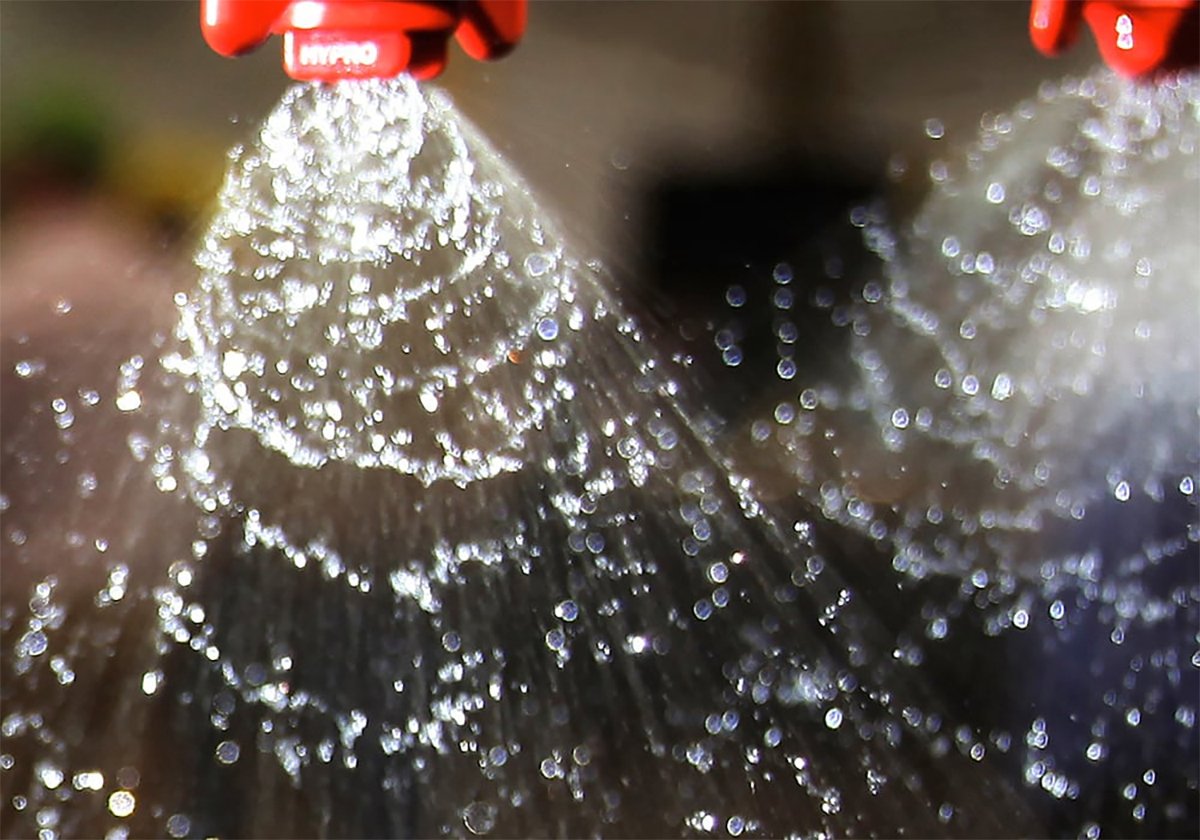Some hitchhikers are particularly nasty.
They aren’t even human.
Eurasian watermilfoil is one example of a hitchhiker that Albertans are being asked to avoid, and is one of the more invasive among numerous aquatic invasive species on the provincial watch list.
The weed is native to Europe, and came to North America in the late 1800s. It has no natural predators here.
“These look very similar to our native northern watermilfoil and in fact even experts can sometimes get them mixed up,” said Chris Gallagher, a design engineer with the St. Mary River Irrigation District in southern Alberta.
Read Also

U.S. soy and cotton growers might use dicamba in 2026
American farmers could be spraying dicamba on their soybean fields next year, if a proposed registration becomes reality.
Gallagher told those at the June 6 irrigation technical conference in Lethbridge that invasive species are of particular interest to irrigators because of their potential to impede water flow and increase costs for control.
“The risk to irrigation districts, we’re used to dealing with aquatic weeds and algae. It will just make the problem more intense for us,” he said. “It may overwhelm some of our existing weed control structures. We’ll have issues with conveyance and major problems associated with reservoirs, particularly the possibility of blocking our gates.”
Eurasian watermilfoil is already a problem in B.C.’s Kootenay region and in Montana, leaving Alberta vulnerable to spread of the weed via recreational boats.
The weeds start their spring growth sooner than native plants, outcompeting them and spreading quickly. Fragments from the weeds are also part of their propagation.
Gallagher said surveillance and public boater education are the main prevention methods. There are some chemical controls available but they are not in widespread use.
Alberta’s irrigation system has 8,000 kilometres of canal and pipeline, and 55 reservoirs. Invasive species can wreak havoc in a region that produces 80 percent of the province’s agricultural output.
- Latin name: Myriophyllum spicatum.
- Usually less than four metres tall.
- Flower spikes are five to 20 centimetres.
- Light brown, green or red stem green leaves and pink flowers.
- Stem supports pairs of thin, feathery leaflets.
- Found in water depths up to four metres.
- One of eight invasive aquatic plants that threaten Crown of Continent areas of Alberta, B.C. and Montana.
















